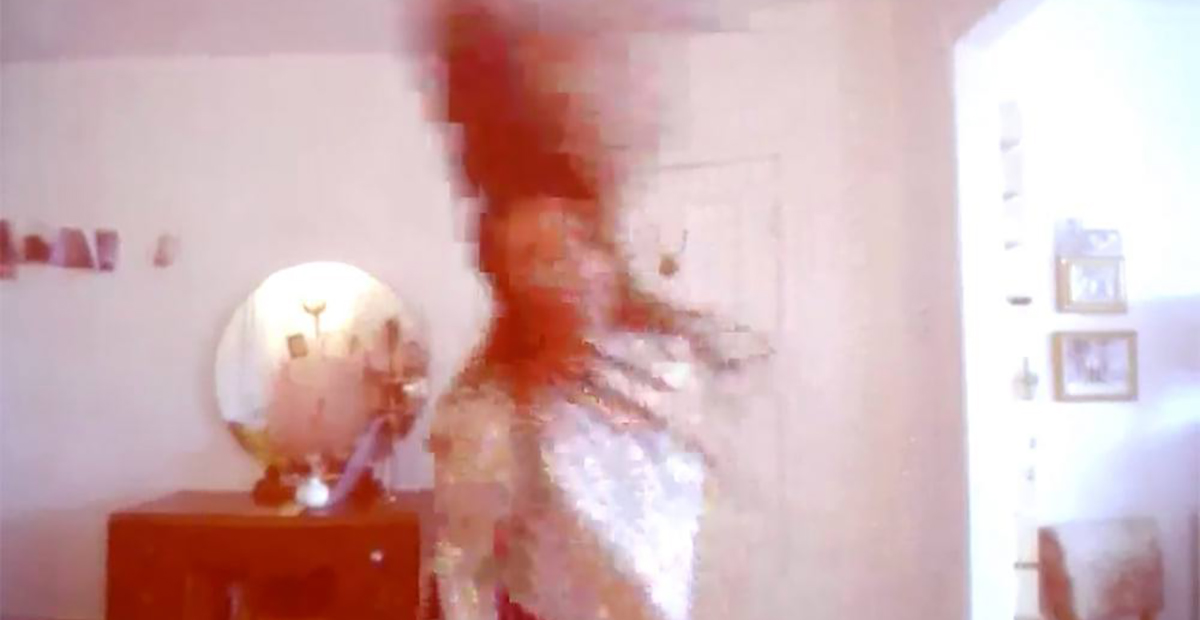
Presented by Moving Image Research Lab (McGill)
With Olivia McGilchrist, Ivetta Sunyoung Kang, Émilie Morin et Nadège Grebmeier Forget
Moderated by Alanna Thain
Friday, November 27, 12:30pm – 2pm
Online | Register here
Today, we find ourselves herded into online spaces such as Zoom with breathtaking speed. Even for artists working with the affordances of digital media and the screen, the transition takes a minute. How can art practices give us survival tools for enduring zoomlife? How can digital art and performance practices expand the threshold between offline and online living in a time of crisis and connection into a more breathable space?
In part one, four artists — Olivia McGilchrist, Ivetta Sunyoung Kang, Emilie Morin and Nadège Grebmeier Forget – will activate warm-ups for online bodies in a participatory activity; in part two, the artists in conversation with Professor Alanna Thain (Moving Image Research Lab, McGill) and other participants will discuss what happens when you work the transition to Netflesh’s sensitive skin.
A guided self-portrait using zoom, Olivia McGilchrist
The artist will share a short video with simple zoom instructions and a folder of still images of leaves, trees and plants, to be used during this warm-up. Participants will create a self-portrait; the aim is to enjoy a playful moment alone, using an interface used for exchanging with others. This warm-up will invite the audience to embody networked technology’s virtual space differently in a time of social distancing. Required materials: zoom (with the option to change the virtual background enabled), optional props: house plants and other green objects.
Tenderhands, Ivetta Sunyoung Kang
Tenderhands is a series of instructions handwritten on post-its daily basis, which the artist has been practicing since the global lockdown. She sits at the table and images how to “ease” the anxiety of hands and body in poetic and somatic ways that resonate with what she has done and observed mostly from her apartment and sometimes outside while practicing social distancing. This process is usually actualized in ten to twenty minutes and written on small memo pads that function as both an instruction and a poem.This project requires constant writing practices and a biopolitical understanding in different concepts of hands–hands of oneself, strangers, and beloved ones. All instructions are delineated in irrational yet poetic writings against the fact that instructions are generally supposed to be straightforward and precise. The artist will lead participants through one of Tenderhands instructions, and the audience can regain the tactility of their bodies and hands as a greeting of the day. Please access these images here.
A face warm-up for Zoom, Émilie Morin
In my work as a dancer and new media artist, I am compelled by body representations on screens. I am eager to find ways towards more agency by producing my own body images and performing them using consumer technologies. In my practice, one of my investigations consists of working around the movement potential of my facial features and how this interacts with my face image on screen. I have been exploring this mainly through Skype, considering it a performative platform. One significant idea that emerged from this research is the notion of the gaze: where do my eyes look when I am on a Skype call? What are the qualities of my gaze? In this warm-up, we will play around these two main ideas: the movement potential of our facial features and our gaze. Shifting the consideration of a performative platform from Skype to Zoom, I am interested in the singular unfolding of our collective and minimalistic warm-up. This is a playful exploration of various rhythms and images for face movement and for eye focuses, and perhaps a way to look differently at Zoom, literally and figuratively. http://emiliemorin.ca/
I see me see myself * or Modes of Creating “Netskin”, Nadège Grebmeier Forget
Using the camera as the main tool for viewing and framing my performances, I am interested in its ability to constantly shift and move the relation I have to myself and the watcher. As would a mirror, the camera often navigates physical and immaterial space, the body via scanning or indirect reflections act as the illusion of intimacy. The camera (and often music) serves to immerse myself into myself, counteracting on my own inhibition. By this play of inner and outer searching, I also immerse the spectator into a world that constantly shifts between reality and fiction. The idea of some sort of created netskin, is for me, this space of entanglement between my own body in movement/feeling and the movements/feelings created by the image. Often fragmented and multiple, the textures of the net and its own intangible nature becomes a body of its own. For this morning workshop, we will engage in close relations with the camera (in an abstract and less abstract way) and then dance while looping Some Kind of Game by Against All Logic. Objects to have on hand: A mobile webcam (optional), Youtube, speakers, space to move freely.
* Exerted from the title « I see me see myself » or a «Monster unsuitable to Fuck»: Notes on Art, Subjectivity and Aesthetic Surgery by Felix Ensslin (p.57-79), Esthetics of the Flesh, Sternberg Press, 2014.
Image: Nadège Grebmeier Forget, Video still from “Some Kind of Game”, Facebook Live performance, March 25, 2020. Image courtesy of the artist.